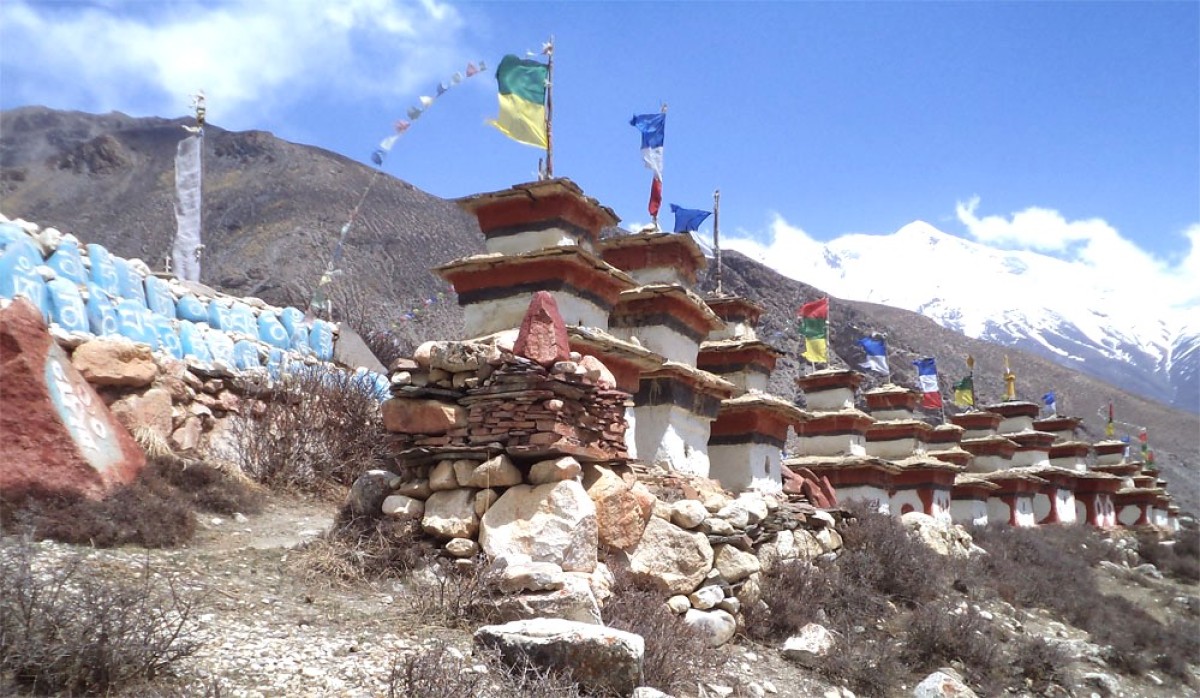
Nar Phu Hidden valley
Nar Phu valley just behind Manaslu (8163m) is extremely isolated lost valley surrounded by Kang La, Pisang range, Sworgadwari Danda, Kanguru Himalaya range where about 800 inhabitants divided in two village communities Nar and Phu. It can be reached here either by Nar Khola gorge or by the Kang La (5322m), a high saddle near Ngwal in Manang valley. For livelihood, people raise extensive yaks, collect high Himalayan herbs, and grow some barley and potatoes on a few stretches of riverine terraces. Due to the high elevation (over 3900m) and perceived lack of arable land, agricultural production bears only for 4 months a year. Seasonal migration to the middle hills and the animal husbandry component in the village economy save the enterprise from downing by providing the necessary markets and products for local barter substance level. It is located up against the Tibet border well off the main track of the popular Annapurna circuit. The ruggedness, and because life there follows ancient custom, translates to few amenities for visitors. We see very beautiful age old colorful chhortens, artistic colorful monasteries, interesting traditional villages, ruined settlements of Tibetan Khampa worriers, classic Bhotia Gurung tribal culture, typical lifestyle as well as we may see wildlife like musk deer, snow leopard, wolf, blue sheep, vulture, kite, raven etc in this hidden valley.
The inveterate mountaineer, trekker and writer, H.W. ‘Bill’ Tilman, the first Westerner visited Nar, Phu, Kang La, Manang and around Annapurna in 1950. He was, in fact, one of the first foreigners allowed to travel anywhere in the hills beyond the Kathmandu Valley. Tibetan armed Khampa guerillas, the resistance fighters entered the upper Nar-Phu valley in 1960s and settled in Kyang, Chako, Junam and Meta to be safe from the Chinese. They stayed well into the 1970s before the Nepal government disarmed and resettled them elsewhere. The valley is opened to foreign travelers in 2002 as a controlled regular trekking trip only through government recognized travel companies and requires a special entry permit along with Annapurna Conservation Area Permit (ACAP) and Trekkers Information Management System Permit (TIMS).
Manang Valley / Nyishang valley / Manangbhot
Originally, the people of Manang village along with their neighbors were called Nyishangte (also Nyishangde) and the valley where they lived in was known as Nyishang. According to Mananges, Nyishang is a Tibetan word that means ‘People of Shang’, Shang being a place in Tibet. Manang was the largest village in the region and when the Nepal government gave the entire political district the name Manang, outsiders referred to all the inhabitants of the region as Manange (also Manangi). Eventually, even these people started calling themselves Manange. Hence it is difficult to ascertain who is a Manange and who is not. Generally, the people of Nar and Phu are considered outsiders, while the rest are divided as people of upper Manang and lower Manang. The older generation commonly has names like Palsang, Nima and Norwandi, etc. The valley floor in Manang district is an average of 3,400m in elevation and is surrounded by mountains over 6,000m in height. It lies in the rain shadow of the Annapurnas (Annapurna I is 8,091m), hence the climate is dry and the winters are harsh. People pass through Manang while doing the very popular Around Annapurna Trek. Nowadays upper Manang valley is connected with road service directly from Kathmandu and Pokhara, so the paved Manang airport Humde is not in use these days but charter flights are sometimes in practice.
When Manang was opened to tourism in the late 1970s, the local people were quick to open hotels and join the hospitality industry (at the same time, they lost their special customs tax exemption). New hotels, restaurants and even bakeries came up rapidly. But the flow of tourists was low. Hence to avoid the inevitable price war, an association of hotel owners was formed and a set of rules and regulations were compiled. The local government has been collecting tax from the tourism sector, which they then give out as loans or pay for religious rites performed on behalf of the community. In the conservation sector, forest patrols were formed to curb illegal activities like trapping of musk deer. Annual temperature of Nyishang valley is 6.20 C and annual precipitation 444mm but due to declining in climate by road and other concrete construction activities, there is unstable in rainfalls and caused landslides and floodings. Nyishang civilization starts from 12th century in Manang village by Bhotua Gurung. Later in 13th century Ghale came to Manang valley from Tsang, southern Tibet at the time of Gungthang dynasty by crossing Nar La and settled in Ngawal. Ngawal and Braga sustain the history of Ghale people. Gradually Nyishang valley was dominated by Ghale from Nar, Phu, Ngawal and Braga in 13th century.
Tashi Lakhang Gompa in Phu was emerged as a main Kagyupa monastery in 13th century. Ngawal line of Ghale kings, Braga too obtained Kagyupa Gompa. Braga Kagyupa monastery was established by the 2nd son of the 5th Ghale king of Ngawal in 15th century. Bodzo Gompa near Manang village founded by Tibetan Lama. From these 3 gompas, Ghale’s life pivoted spiritually supporting quite substantial communities of monks. Gurung were mainly high altitude pastorals but Ghale changed the religious, political and agro-economical set up of the valley. They started cultivation from high mountain to the Marsyangdi Riverine terraces with irrigation system. Formerly extraordinarily inaccessible and until 1977 forbidden to tourists, at first sight it is a potential Shangri La. This well known Buddhist Himalayan legend tells of a high Tibetan valley, hidden from outside influences, where people still live in harmony with nature, where Buddhism is still in its first age, where the lamas still have magical powers, where the earth is still fruitful and where consequently people are happy and healthy. Nyeshang was certainly relatively inaccessible until late this century. There are very beautiful interesting traditional villages in the northern lap of Annapurna and Manaslu.
(Average hike 6-7 hour a day)
Day 01: Arrive Kathmandu (1310m), hotel
Arrive Kathmandu, transfer to hotel, depending on time, visit medieval era interesting artistic city Kathmandu Durbar Square where you see beautiful temples, palaces, bells, statues, living Goddess Kumari and typical lifestyle of locals. Dinner and overnight.
Day 02: Drive to Bhulbhule (800m), landscape and lifestyle, teahouse
After breakfast, drive to Bhulbhule through beautiful river valleys, farmlands, villages and towns. We see magical view of Ganesh Himal, Manaslu and Annapurna range, wonderful landscape and typical lifestyle of locals. Have lunch on the way. Arrive Bhulbhule, check in guesthouse, explore Tamang tribal village and culture. Dinner and overnight.
Day 03: Drive to Koto (2600m), waterfalls, landscape & lifestyle, camp
Have breakfast, drive to Koto along Marsyangdi River valley. We see interesting landscape, very beautiful waterfalls, and traditional villages and lifestyle of Gurung tribes. Explore Gurung tribal villages, culture and culture program on the way. Have lunch on the way, arrive Koto, explore and enjoy classic culture and beautiful nature in the afternoon. dinner and overnight in the camp.
Day 04: Hike to Meta (3570m), waterfalls, landscape, camp
Have breakfast, after registering the permits, we enter restricted valley of Nar Phu to the right. Hike along the narrow Nar Khola valley to Meta through pine forests, dens, hanging cliffs, waterfalls and moraine. Have lunch on the way. Arrive camp, explore and enjoy beautiful interesting nature, ruined Khampa settlement at the base of Kang Guru Himal and Tibetan tribal culture. Nar village people live here all year round except December & January. There is steep rocky mountain of Pisang on the west side of the camp. Dinner and overnight.
Day 05: Hike up to Kyang (3870m), ruined Khampa settlement, great nature, camp
Wonderful views of the Nar village ridge, Kang La, Kang Guru & Amotsang Himalaya, steep cliff, moraines, glacial valleys, hanging icefall & narrow Phu creek is seen from the way. Hike through rocky incline, ruined Khampa settlement Junam, Kang Guru moraine to beautiful Chako moraine nice field of Khampas’ ruined settlement (3735m). Then drop down and slightly walk up the glacial hump and drop down to camp at Kyang; ruined Khampa settlement that is used by Phu people.
Day 06: Hike up to Phu Gaon (4083m); interesting nature and culture, Bhotia Gurung tribe, camp
Hike through narrow but very beautiful isolated arid Phu Khola valley where are hanging cliffs, colorful conglomerate canyons, sandy landscape. After the last climb of interesting canyon then comes beautiful wide valley where we see colorful welcome gate, age old chhortens and flatlands. Arrive the camp, have lunch then explore the most beautiful traditional village in the conglomerate hill. We see beautiful houses, classic monastic culture of Tibetan Gurung tribes and their interesting lifestyle in the mysterious hidden valley. Wonderful view of the Himalaya, arid valley and Tashi Lakhang monastery add more attraction in the village.
Day 07: Explore in and around Phu, Tashi Gompa, interesting monastic culture, camp
The day is dedicated to explore and study the unique Tibetan typical culture and lifestyle, people working in the field, grazing yak, sheep & horse, spinning & weaving yak & sheep blankets in traditional loom, visit the most interesting and colorful monastery- Tashi Gompa with rows of colorful chhortens, flapping numerous prayer flags and piling up engraved rocks. Blue sheep are often seen in and around the village. We may also see snow leopard, musk deer, wolf, fox, vulture, raven, partridge in the valley.
Day 08: Hike back to Chako (3870m), camp
Hike back to Chako on the same way. Have lunch, explore the ruined Khampa settlement in the afternoon. This is a beautiful big grasslands between two glaciers from where we see interesting rocky mountains, hanging cliffs, juniper forests and interesting Nar Phu valley.
Day 09: Hike up to Nar village (4148m), camp
Hike down to narrow Nar Khola through Junam grassland, ruined Khampa settlement, juniper forests and sandy canyons. There is a newly built monastery by the river. Ascend the hill of Nar from where we see wonderful view of the Himalaya, hanging glaciers, interesting moraines, river valley and grasslands. After the big climb there comes magical beauty of Kangla valley from the age old chhortens and maniwalls. Hike to Nar village. Have lunch then we will have time to enjoy with the wonderful nature and friendly Bhotia Gurung tribal people in the afternoon.
Day 10: Explore the classic culture and lifestyle in Nar village, camp
The day is dedicated to explore and study the traditional village, classic culture and lifestyle of Gurung Bhotia people. Wonderful majestic view of Pisang peak and Kanguru peak is seen from Nar area. We visit beautiful chhortens, maniwalls, monastery and the village to observe their way of living, cooking tribal dishes, fermenting homemade beer, traditional distillery, working in the farmlands, planting/harvesting, animal husbandry etc.
Day 11: Hike up to Kangla Base camp KBC (4613m), camp
Hike to the most beautiful isolated glacial valley through large grasslands and hills and hillocks. Along the way and the camp, we see mysterious mountains, magical Himalaya, hanging glaciers, dozens of piles of fan shape rock mass from Kangla mountain, horse riders, herding horses, yak, sheep and goats.
Day 12: KBC - Kangla Pass (5322m) - Ngawal village(3660m), wonderful Himalaya panorama, wildlife, camp
Today we start little early to climb Kangla Pass (5322m) and descending to Ngawal village. Absolute panoramic views of the Annapurna Himalaya range, glaciers, Jullu east, Jullu waterfall, Nar Phu and Marsyangri river valleys, beautiful Humde village, river canyons and steep cliffs is seen from the pass. We may also see blue sheep, rabbit, wolf, vulture, raven and occasionally snow leopard on the way. Wonderful view of traditional Ngawal village, Tilicho and Marsyangdi valley, colorful layers of the Annapurna range is really stunning. Arrive Ngawal village and explore it in the afternoon. Today is the last day of the camping.
Day 13: Hike to Manang village (3440m), explore Braga traditional village, teahouse
After breakfast, the landscape is smooth, so we will have gentle hiking in upper Marsyangdi valley. Hike to Manang village. On the way, visit the oldest and most traditional Braga village and the Kagyupa gompa; one of the oldest monasteries in the upper Marsyangdi valley which is located in the lap of colorful gray canyons. We see interesting houses, classic culture, typical lifestyle in the village where as wonderful scenery of the majestic Annapurna range just opposite side of the village. The next day, our jeeps will be here for the transfer Himalaya adventure driving tour. So, after arriving Manang village in the lap of Annapurna, Gangapurna, Tlicho and Jullu range, we release all our camping crew except guides. Check in teahouse, have lunch then we observe observe Gangapurna hanging glacier, Gangapurna glacial Lake, moraines, beautiful riverine terraces, Marsyangdi River valley from the hotel and the village. Dinner and overnight at teahouse.
Day 14: Explore Manang village, wonderful nature and culture, teahouse
The day is dedicated to explore traditional village, classic culture, typical lifestyle of Bhotia Gurung tribal people and surrounding magical nature scenery. After breakfast, visit the monastery and the village then we visit Gangapurna glacial lake just other side of the Marsyangdi River. From the Gangapurna moraine, we see wonderful view of Tilicho, Jullu and Kangla Himal as well as beautiful Marsyangdi River valley, terraced farmlands, interesting Manang village on top of the river canyons, cliff monastery. Return to the village. Relax in the afternoon. Today our jeeps arrive here.
Day 15: Drive down to Dharapani (1860m), teahouse
Drive down along the Marsyangdi River valley at the base of Annapurna range through beautiful grasslands, junipers and pine forests, traditional villages, hanging cliffs, river canyons and apple gardens. We visit beautiful traditional villages of Humde, Pisang, Chame, Timang and Danaque and interesting colorful and artistic monasteries on the way. Sworgadwari concave rocky mountain just south of Pisang peak in between Annapurna and Manaslu range seems very interesting and we drive at the bottom of this mysterious mountain where the Marsyangdi River flows through huge boulders. Have lunch on the way. Arrive Dharapani, explore and enjoy interesting traditional village, Gurung tribal culture and their lifestyle. Dinner and overnight.
Day 16: Drive to Besishahar (760m), teahouse
After breakfast, we drive down along the Marsyangdi River valley to Besishahar. This is the scenic drive through beautiful waterfalls, hanging cliffs, traditional villages, forests, beautiful river confluences and farmlands. Have lunch on the way. Explore the town and interesting mix society culture mainly dominated by Gurung and Tamang tribal groups. Dinner and overnight.
Day 17: Drive back to Kathmandu, hotel
After breakfast, drive down to Mugling along Marsyangdi River valley then follow the Trishuli River valley towards Kathmandu. This is also very scenic drive through beautiful farmlands, settlements, river valleys, and hills and hillocks. We see typical lifestyle of people and magical Annapurna, Manaslu and Ganesh Himal range from the way. Have lunch on the way. Arrive Kathmandu, check in hotel. Dinner and overnight.
Day 18: Sightseeing and shopping in Kathmandu
Have breakfast, visit UNESCO heritage sites; Pashupatinath and bouddhanath and Swoyambhunath, have farewell lunch with host family, return to the hotel. Dinner and overnight.
Day 19: Fly back home
After breakfast, program over, transfer to airport, fly back home.
Entire trip cost per person (USD): $2,999 (including restricted area permit) // 1pax complimentary in every 11 paid guests in group
Trip cost includes:
All accommodation (twin sharing basis) & food; three meals a day -breakfast, lunch and dinner (except bar bill), insured crew (guide, porters, donkeys, dzopa, yaks and kitchen crew for camping trek), all essential permits, all domestic transportation as per the itinerary, service charge and government taxes.
Trip cost does not include:
Personal expenses (like laundry, communication, alcohol, cold drinks and bottled water during trekking), gratuity to serving crew, emergency evacuation, international airfare, visa, your travel insurance and any kind of gifts and donation.
Payment system
Refund system
In case of trip cancellation in the last 10 days of group arrival, 50% of the deposited amount will be deducted. If the trip cancels 10 days before the group arrival, we settle the full amount in next trip.
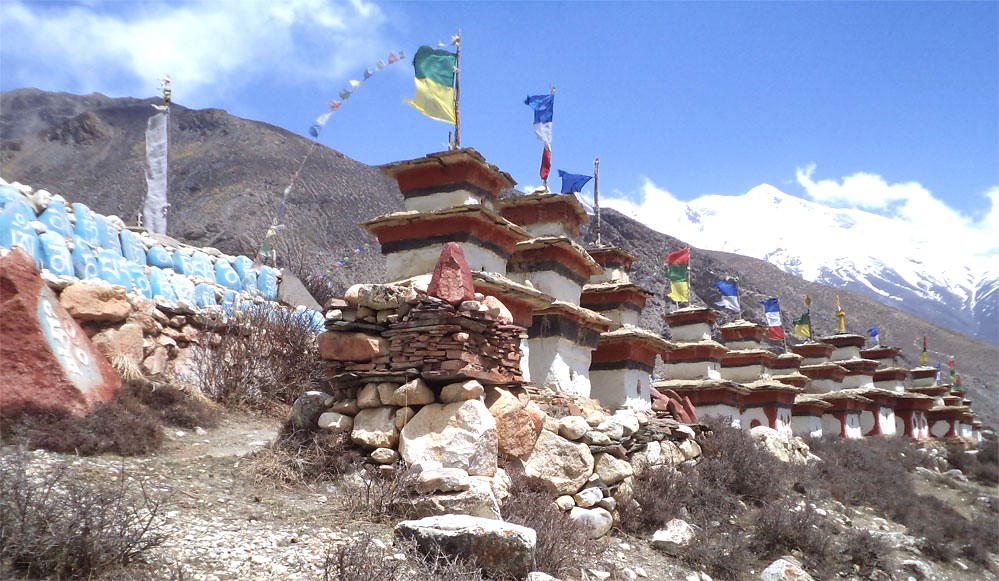
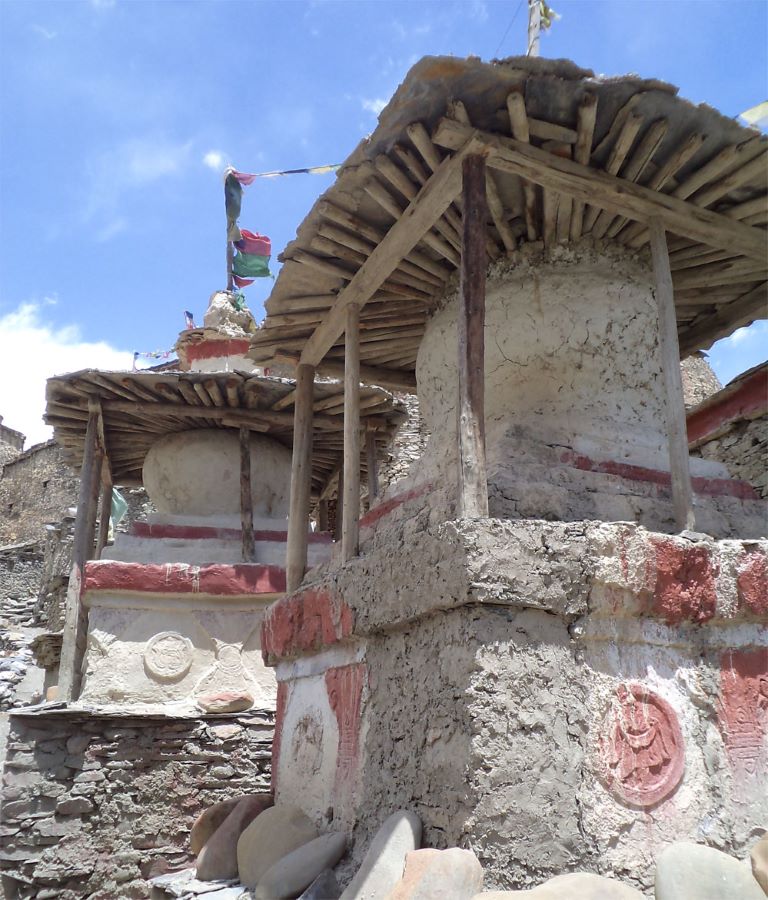

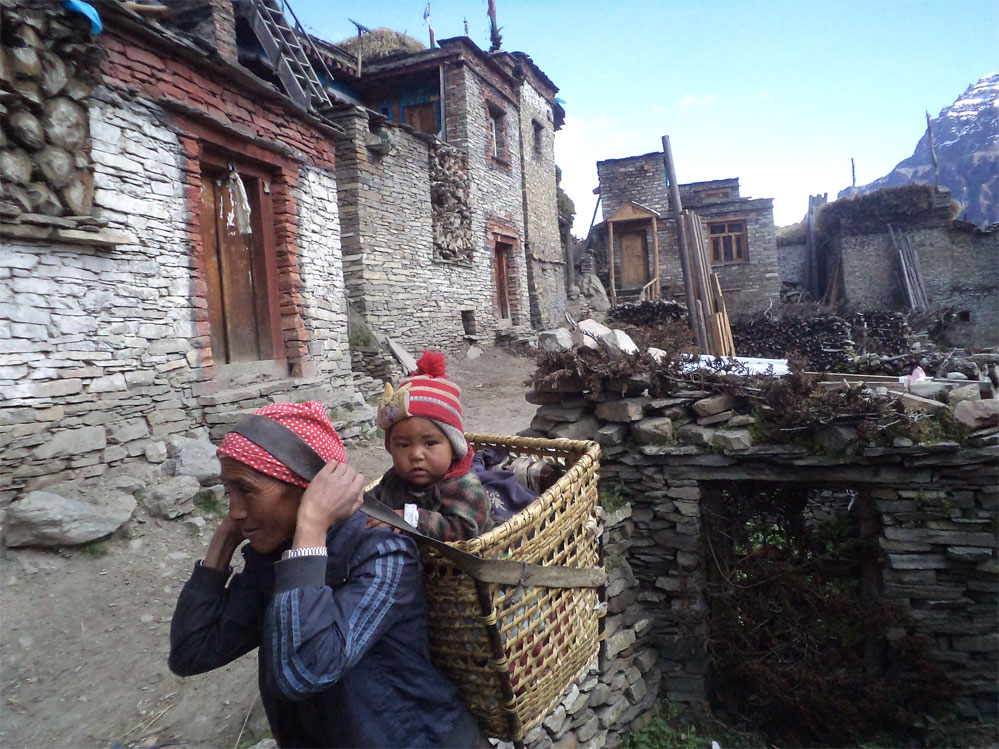
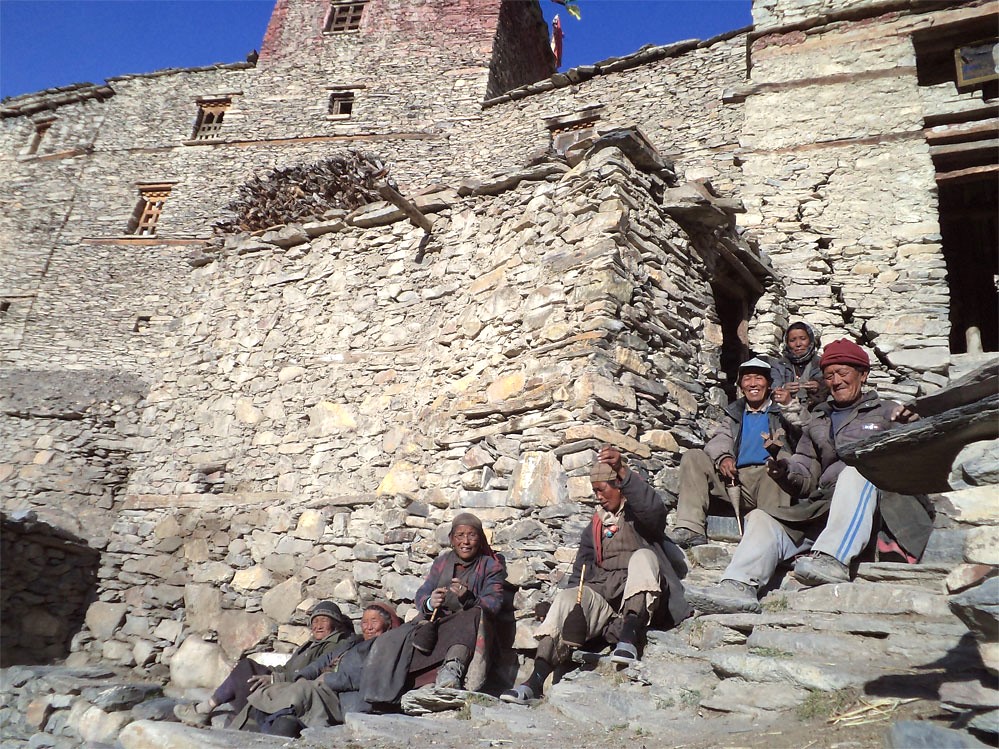
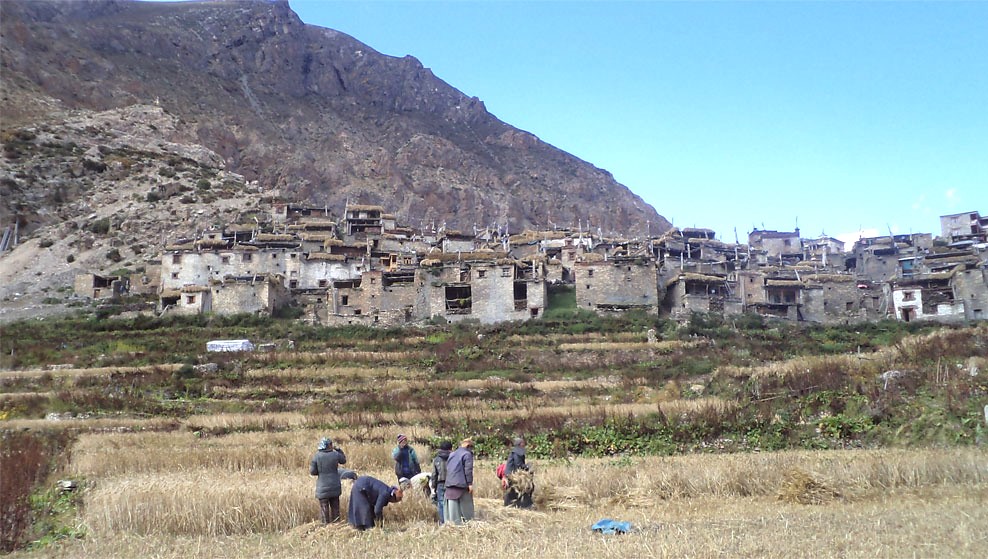
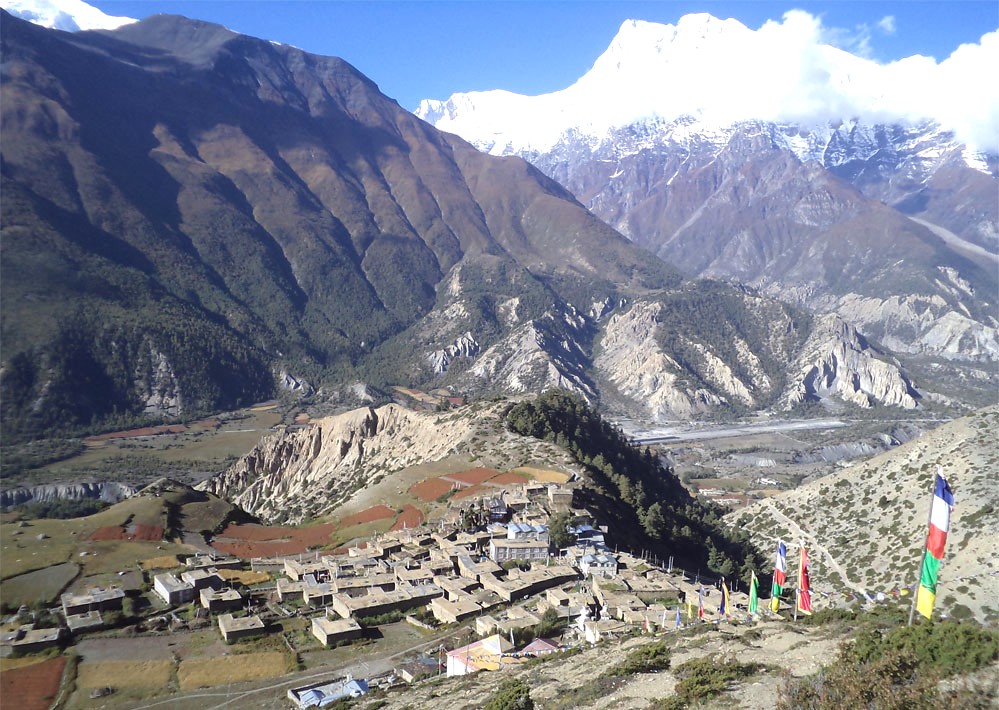
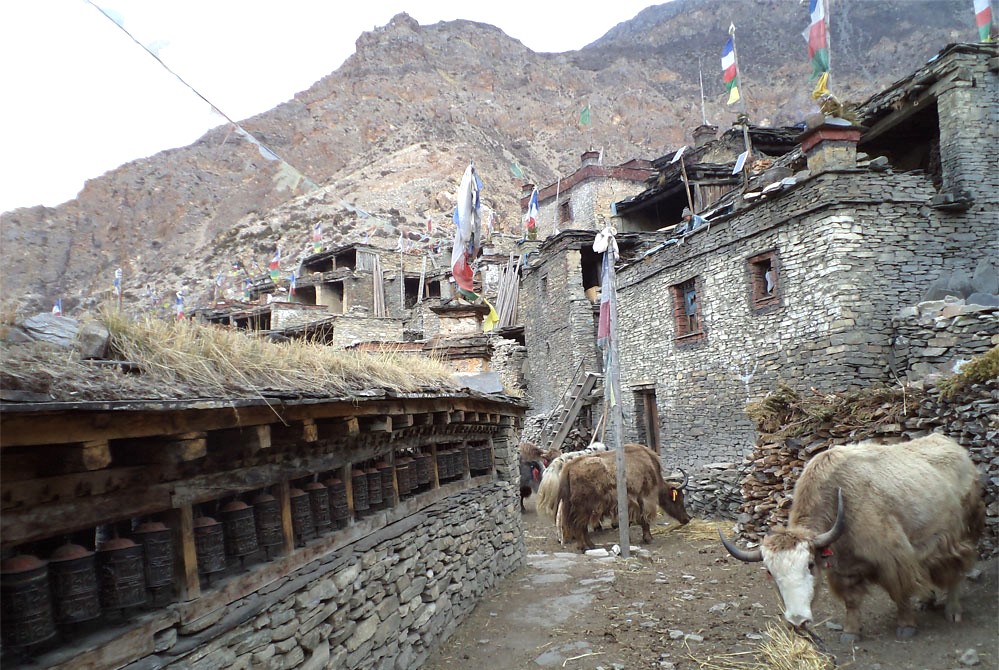
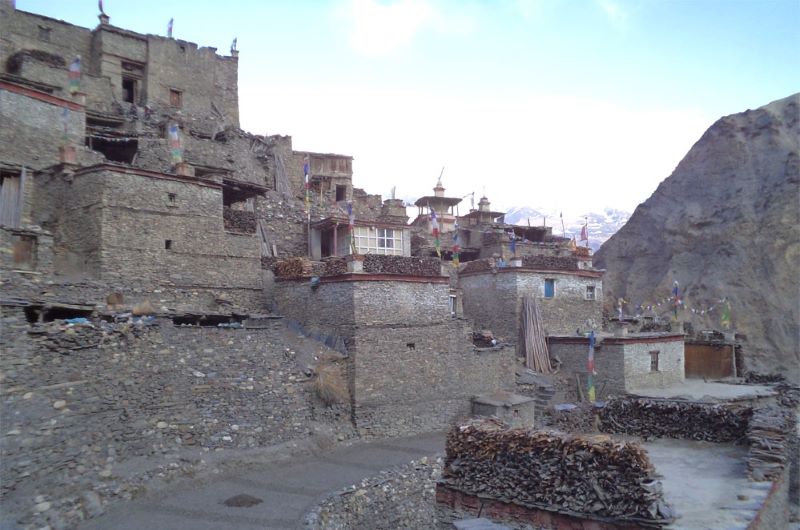
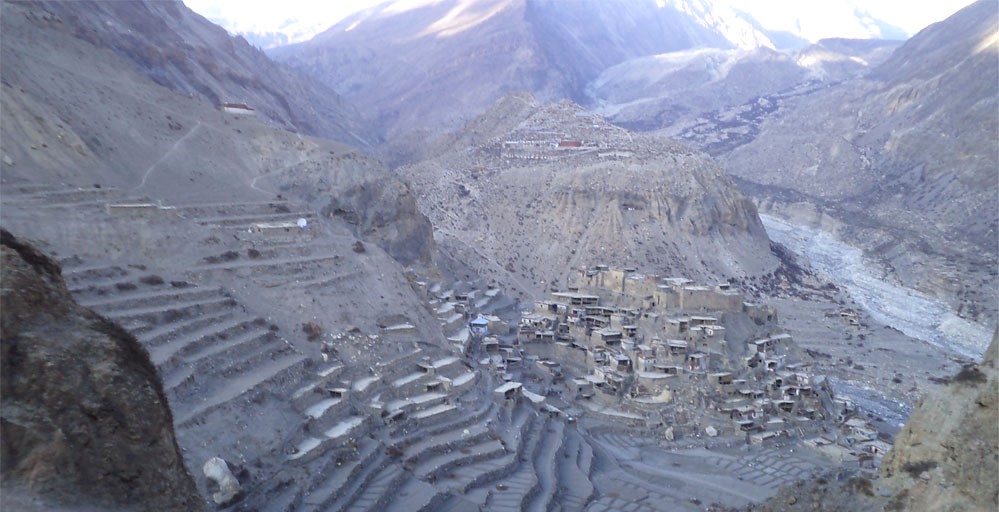
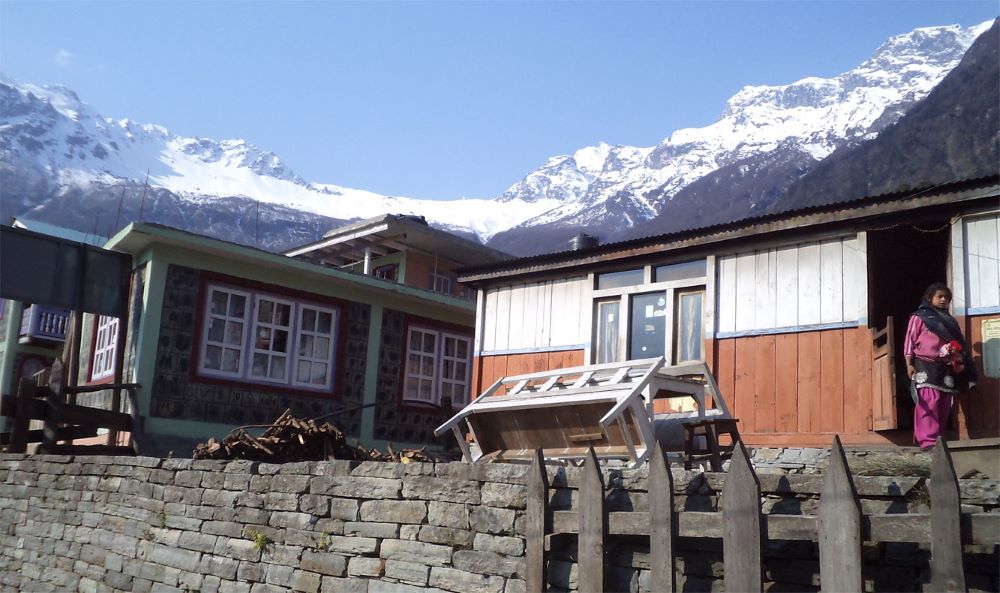
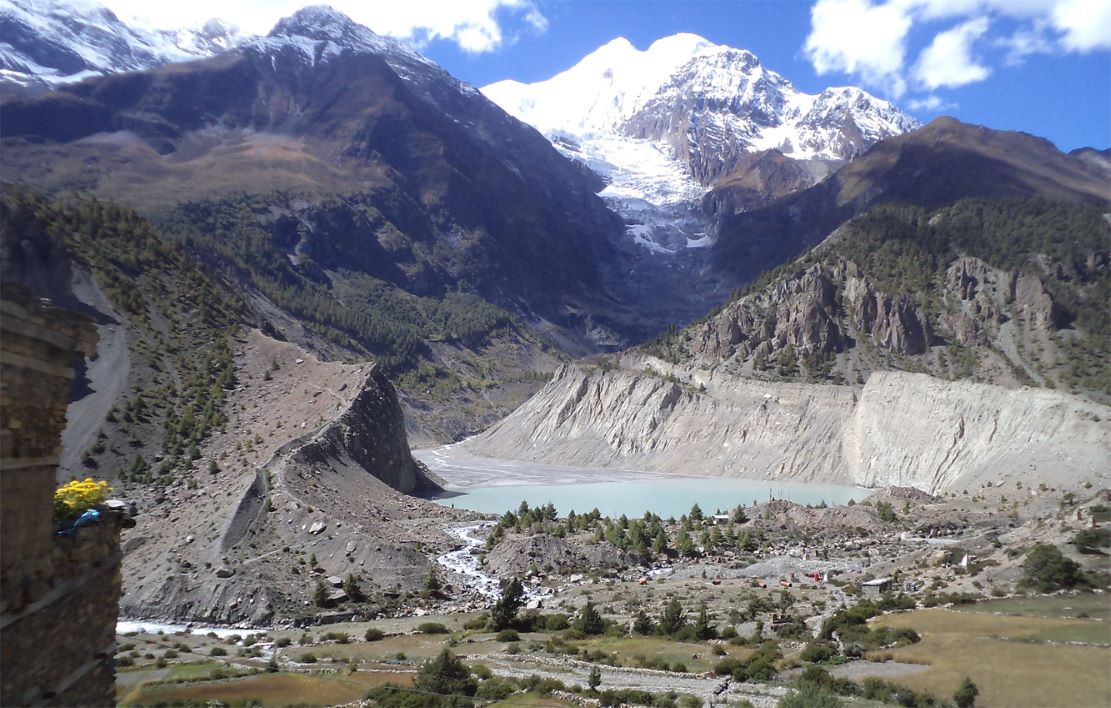
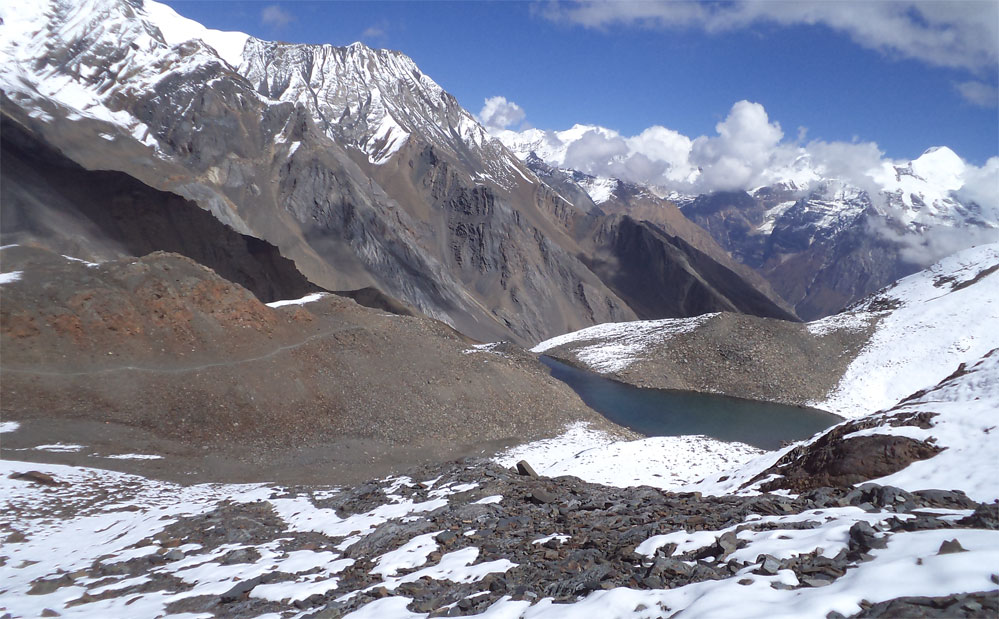
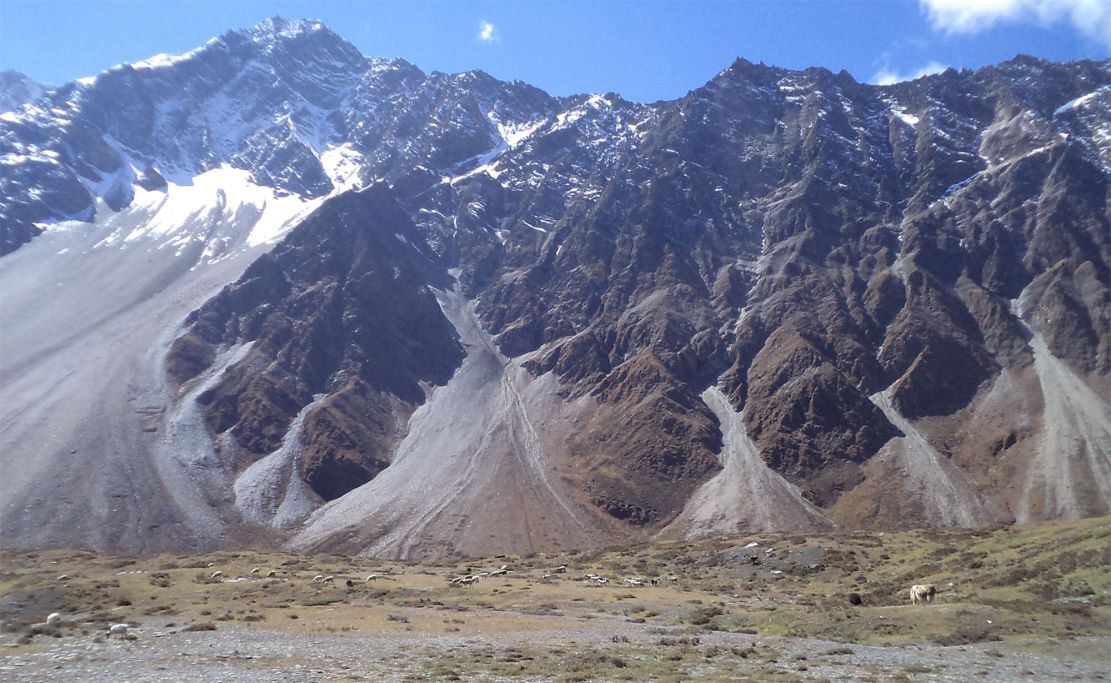
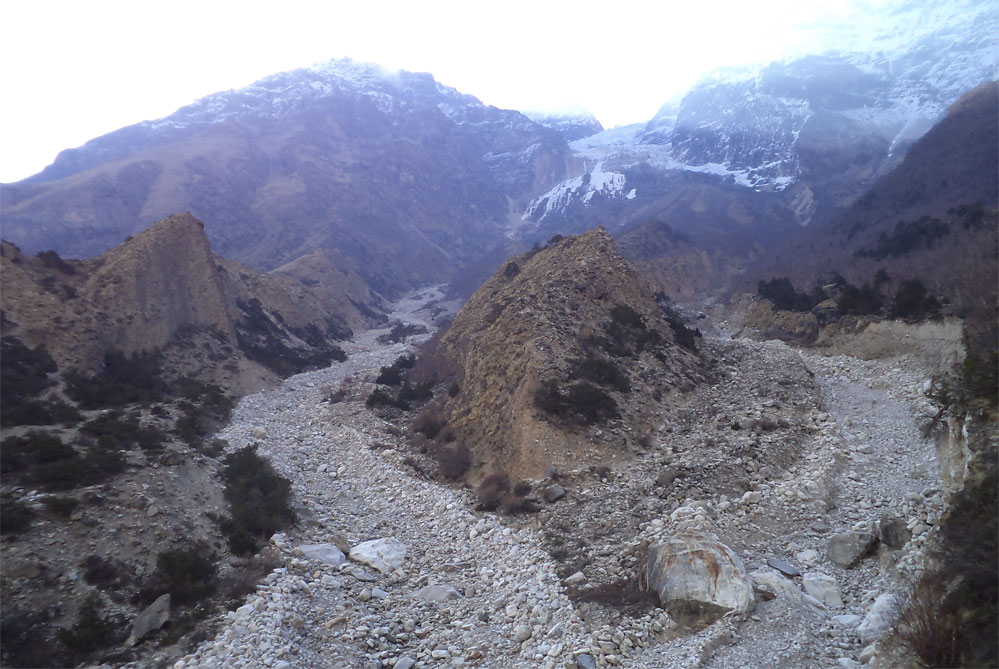
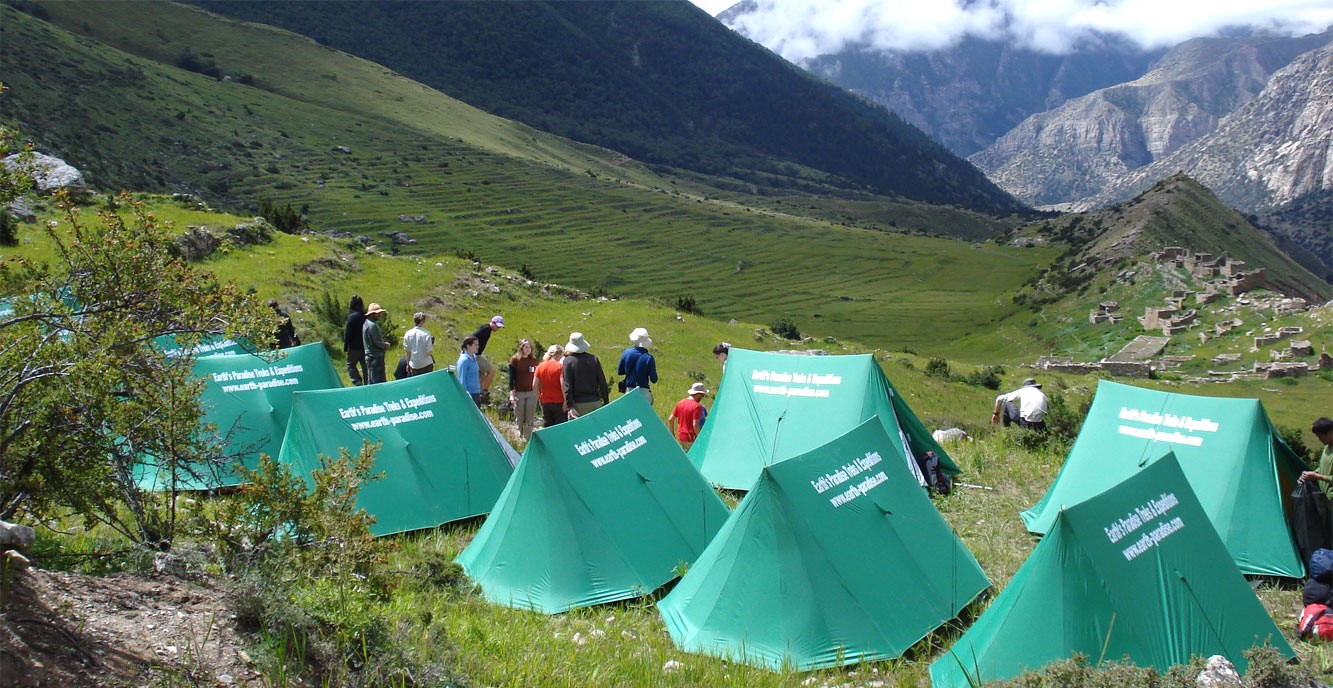
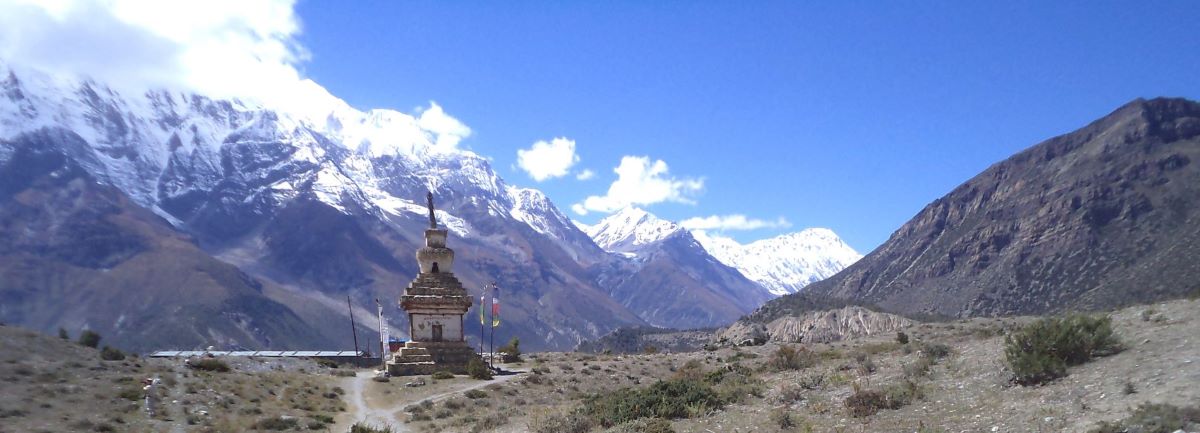

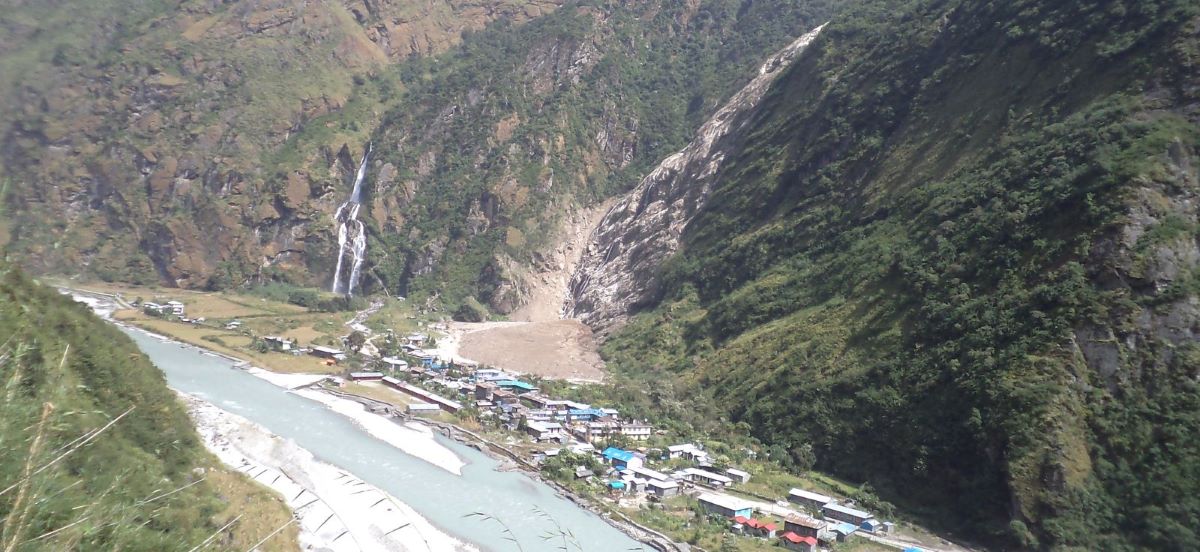
Destination
Activity
Start/End Point
Duration
Grade
Season
Group Size
Hotel/Accomdation
Highest Elevation